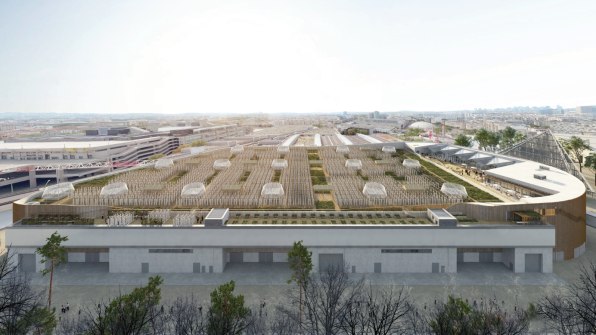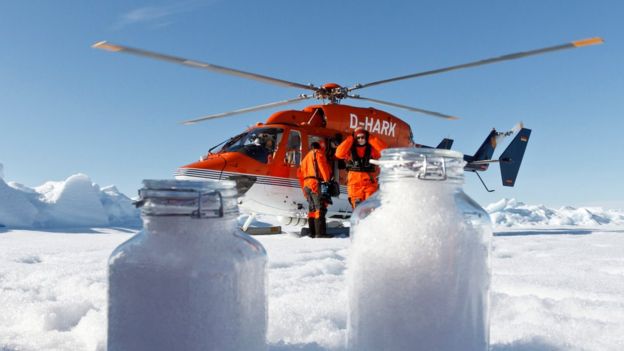The research could help improve projections of sea level rise
Decades of satellite observations have now provided the most detailed view yet of how Antarctica continually sheds ice accumulated from snowfall into the ocean.

The new map is based on an ice-tracking technique that is 10 times as precise as methods used for previous Antarctic surveys, researchers report online July 29 in Geophysical Research Letters. That offered the first comprehensive view of how ice moves across all of Antarctica, including slow-moving ice in the middle of the continent rather than just rapidly melting ice at the coasts.
Charting Antarctic ice flow so exactly could reveal the topography of the ground underneath, as well as improve forecasts for how much ice Antarctica stands to lose to the ocean in the future. Ice melting off the continent is already known to be a driver of global sea level rise (SN: 7/7/18, p. 6).
Glaciologists at the University of California, Irvine, uncovered subtle movements of Antarctic ice with a kind of measurement called synthetic-aperture radar interferometric phase data. By using a satellite to bounce radar signals off a patch of ice, researchers can determine how quickly that ice is moving toward or away from the satellite. Combining observations of the same spot from different angles reveals the speed and direction of the ice’s motion along the ground.
Continue reading at: A new map is the best view yet of how fast Antarctica is shedding ice | Science News
Decades of satellite observations have now provided the most detailed view yet of how Antarctica continually sheds ice accumulated from snowfall into the ocean.

ICE ICE BABY Glaciologists used observations from a cohort of satellite missions over decades to create the most detailed map yet of ice flow across Antarctica. ΑΝΑΣΤΑΣΊΑ ΠΟΡΤΝΆ/WIKIMEDIA COMMONS (CC BY-SA 4.0)
The new map is based on an ice-tracking technique that is 10 times as precise as methods used for previous Antarctic surveys, researchers report online July 29 in Geophysical Research Letters. That offered the first comprehensive view of how ice moves across all of Antarctica, including slow-moving ice in the middle of the continent rather than just rapidly melting ice at the coasts.
Charting Antarctic ice flow so exactly could reveal the topography of the ground underneath, as well as improve forecasts for how much ice Antarctica stands to lose to the ocean in the future. Ice melting off the continent is already known to be a driver of global sea level rise (SN: 7/7/18, p. 6).
Glaciologists at the University of California, Irvine, uncovered subtle movements of Antarctic ice with a kind of measurement called synthetic-aperture radar interferometric phase data. By using a satellite to bounce radar signals off a patch of ice, researchers can determine how quickly that ice is moving toward or away from the satellite. Combining observations of the same spot from different angles reveals the speed and direction of the ice’s motion along the ground.
Continue reading at: A new map is the best view yet of how fast Antarctica is shedding ice | Science News






